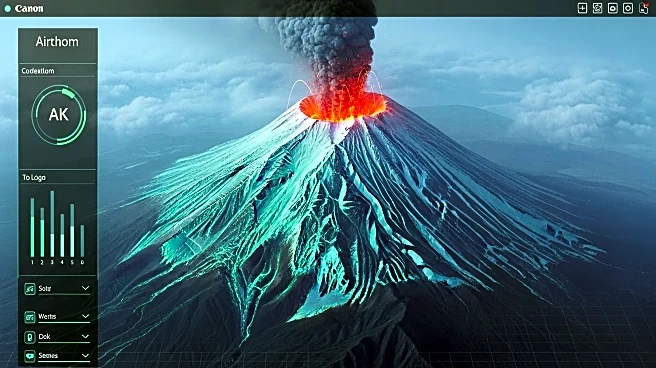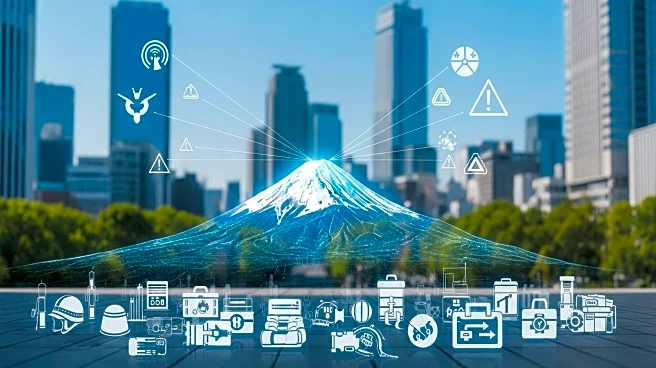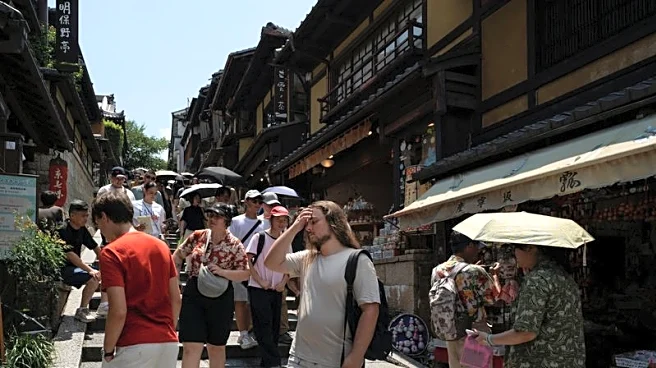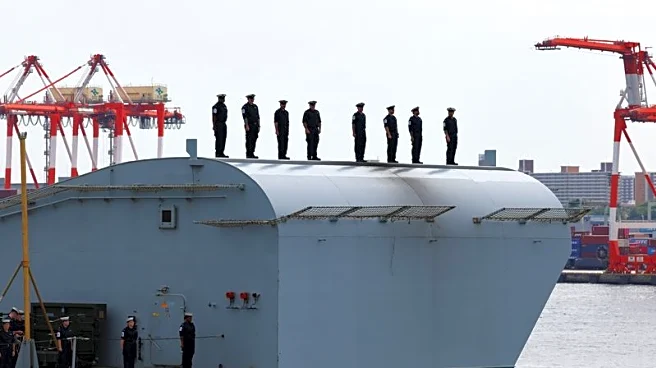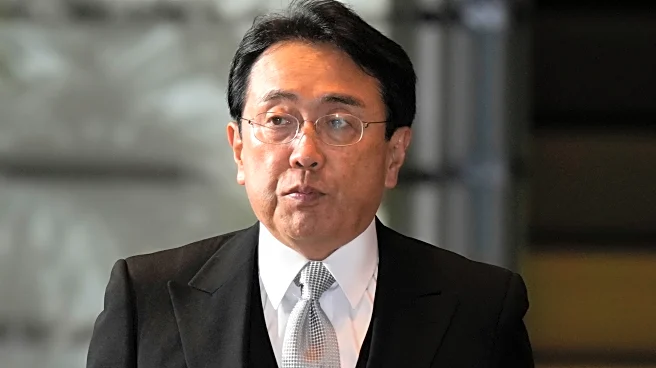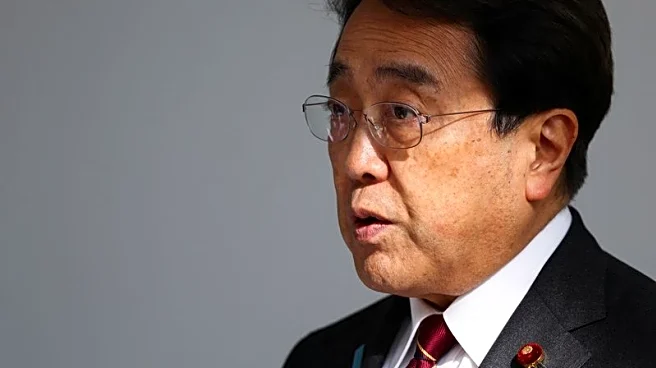What is the story about?
What's Happening?
The Tokyo Metropolitan Government has released AI-generated videos simulating a potential eruption of Mount Fuji to prepare residents for disaster scenarios. Although Mount Fuji has not erupted since 1707, the simulation aims to equip the 37 million residents in the greater Tokyo area with knowledge and preparedness measures. The video depicts volcanic ash covering central Tokyo within hours, potentially paralyzing transportation, disrupting food and power supplies, and causing respiratory issues. Despite the lack of current signs of an eruption, the simulation has sparked anxiety among some residents, prompting them to consider emergency preparedness.
Why It's Important?
Japan's vulnerability to natural disasters, due to its climate and topography, necessitates meticulous disaster planning. The AI-generated simulation serves as a proactive measure to ensure public awareness and readiness for potential volcanic activity. This initiative highlights the importance of disaster preparedness in densely populated areas like Tokyo, where an eruption could have severe consequences on infrastructure and public health. The simulation underscores the need for residents to maintain emergency supplies and stay informed about potential risks, contributing to overall community resilience.
What's Next?
The Tokyo Metropolitan Government and Japan's Cabinet Office Disaster Prevention Division will continue to monitor Mount Fuji and other potential natural disaster threats. While there are no immediate signs of an eruption, ongoing communication and education efforts will be crucial in maintaining public preparedness. Residents may be encouraged to participate in drills and update their emergency plans. The government may also explore further technological advancements to enhance disaster simulations and improve response strategies.
Beyond the Headlines
The use of AI in disaster preparedness represents a growing trend in leveraging technology for public safety. This approach not only aids in visualizing potential scenarios but also fosters a culture of preparedness among citizens. The ethical implications of inducing fear versus promoting readiness are worth considering, as the balance between awareness and anxiety must be carefully managed. Long-term, such initiatives could lead to improved disaster response frameworks and greater public trust in governmental planning.
AI Generated Content
Do you find this article useful?
